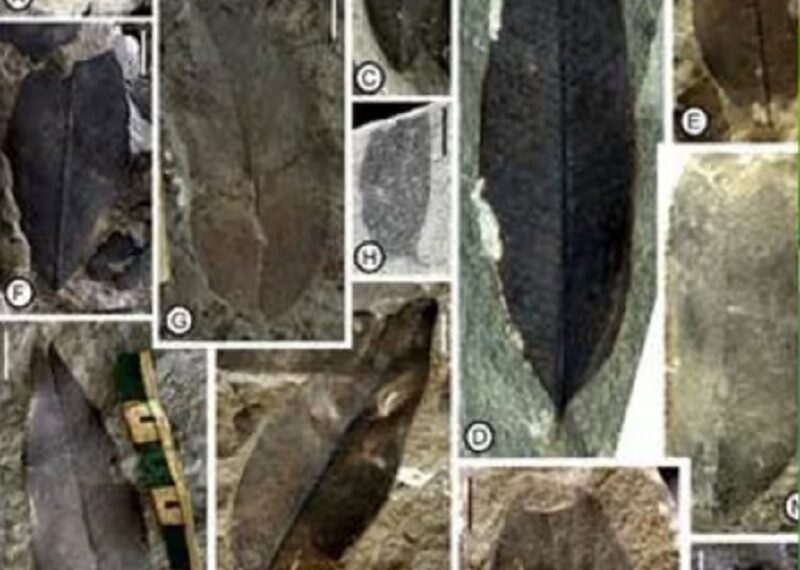Kohima: A new study has established a connection between the formation of Antarctica around 34 million years ago and the early evolution of the Indian monsoon system that allowed lush forests to flourish across the subcontinent, the Ministry of Science & Technology said.
The discovery of well-preserved fossil leaves from the Laisong Formation in Nagaland, dating back about 34 million years, suggested that the region once had a warm and wet climate.
This led scientists from the Birbal Sahni Institute of Palaeosciences (Lucknow) and the Wadia Institute of Himalayan Geology (Dehradun), both autonomous institutes of the Department of Science and Technology (DST), to carry out a detailed climate reconstruction.
Dating back to the same period as the first Antarctic ice sheets, these fossils indicate that the region experienced unusually high rainfall and warm temperatures.
The scientists began exploring what could have caused such extreme tropical conditions at that time. They found the clue lay in the fossil’s age, which matched the period when massive ice sheets first began forming in Antarctica.
This timing pointed to a global connection — suggesting that the growth of Antarctic ice may have shifted wind and rainfall patterns, bringing intense monsoonal rains to Northeast India.
Their research, published in Palaeogeography, Palaeoclimatology, Palaeoecology, revealed that the growth of Antarctic ice reshaped global wind and rainfall patterns by shifting the Intertropical Convergence Zone (ITCZ) — a major rain belt — from the South Pole toward the tropics. As a result, India experienced exceptionally higher rainfall and warmer temperatures and the resultant evolution of the Indian monsoon system.
ALSO READ: Nagaland: Ruling NDPP to decide on merger with NPF on September 12
To uncover this story, scientists turned to an unusual witness: fossilized leaves found in the hills of Nagaland. Using a method called CLAMP (Climate Leaf Analysis Multivariate Program), researchers reconstructed past climates by studying the size, shape, and structure of these ancient leaves. Their findings showed that Nagaland once experienced much wetter and warmer conditions than today.















